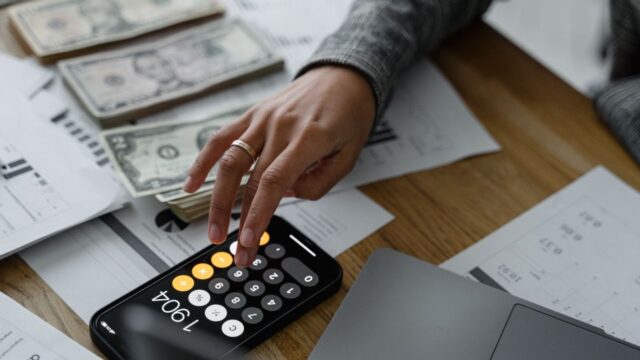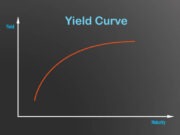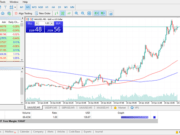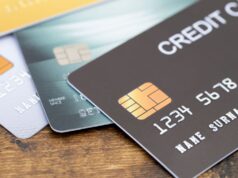
As an account holder, you might have come across the terms ‘available balance’ and ‘current balance’ while viewing your bank account statement. While these two terms may seem to denote the same thing, they actually represent different values. In this blog, we’ll take a closer look at the difference between available balance and current balance and understand how it impacts your financial management.
Definition of Available Balance
The available balance is the amount of money that you can access and use for transactions. It takes into account any pending transactions, deposits, and withdrawals that haven’t been processed. For example, if you have $1000 in your account and you have a cheque of $500 that’s yet to be cleared, your available balance will be $500. Similarly, if you have made a transaction for $200, and it is yet to be processed, your available balance will be reduced by that amount.
Definition of Current Balance
The current balance is the actual bank account balance at present, without any consideration for pending transactions or cheques that haven’t cleared. It reflects only transactions that have been processed and cleared by the bank. For example, if you have $1000 in your account and you have made a transaction for $500 that’s already processed and cleared by the bank, then your current balance will be $500.
Importance of Knowing the Difference
Knowing the difference between available balance and current balance is critical for effective financial management. It will help you keep track of your spending and avoid overdrafts, which can result in unnecessary fees. By keeping track of your available balance, you can ensure you have sufficient funds to cover your expenses until all your pending transactions clear. This will help you plan better and avoid spending beyond your means.
Banking Policies Regarding Available Balance and Current Balance
Different banks have different policies regarding available balance and current balance. Some banks allow you to spend based on your available balance, while others may allow you to withdraw funds only based on your current balance. Banks may also place holds on certain types of transactions or cheques, which could affect your available balance. Understanding your bank’s policies and the implications of these policies on your financial management is key to avoiding any unnecessary fees or penalties.
Conclusion
In conclusion, understanding the difference between available balance and current balance is crucial for managing your finances effectively. By keeping track of your available balance, you can ensure that you have sufficient funds to cover your expenses and avoid overdrafts. While banks have different policies regarding available and current balances, it is important to understand your bank’s policies for a better financial management experience. Knowing the difference between these two metrics can help you avoid unnecessary fees and manage your finances more efficiently.
In essence, the available balance is the amount of money you can access and use immediately, while the current balance is the actual balance without consideration of pending transactions. When monitoring your account, always look at both balances to have better financial management and avoid any unpleasant surprises.


































